- A cross-cultural inclusive re-envisioning of design history related to the grid, including alternative approaches to layout
- Expanded discussion of grid use in interactive, UX/UI scenarios
- Greater equity in the representation of design work by women and BIPOC designers
Grids are the most basic and essential forms in graphic design--and they can be the most rigid. This book shows you how to understand the rules of the grid to use them effectively, and then how to break them, resulting in phenomenal cohesive layouts. Timothy Samara explains the history of the grid and shows examples of grid basics, such as column, compound, and modular grids. He shows methods for building and using grids, and offers numerous examples of stunning design projects using a variety of imagery and typography. Pages are filled with hundreds of large, full-color layout concepts and diagrams that educate and inspire. After mastering the grid, discover how to break it using conceptual designs that deconstruct and flip the grid successfully. Split, splice, and shift; create spontaneous compositions; make narrative constructs; work on an axis; use intuitive design; and more to create unique layouts or other projects. See ideas in action with eye-catching layout examples. With this book you will:
- learn how grids work.
- be inspired to explore new concepts for using--or not using--grids.
- discover achievable alternatives for boring layouts.
- get the results you want using fresh design elements.
- learn designers' processes via fascinating case studies.
- see numerous examples of successful layouts created with and without grids.
- communicate ideas effectively using visual language.
This new, expanded edition presents the most comprehensive, accessible, in-depth exposition of layout concepts ever published.




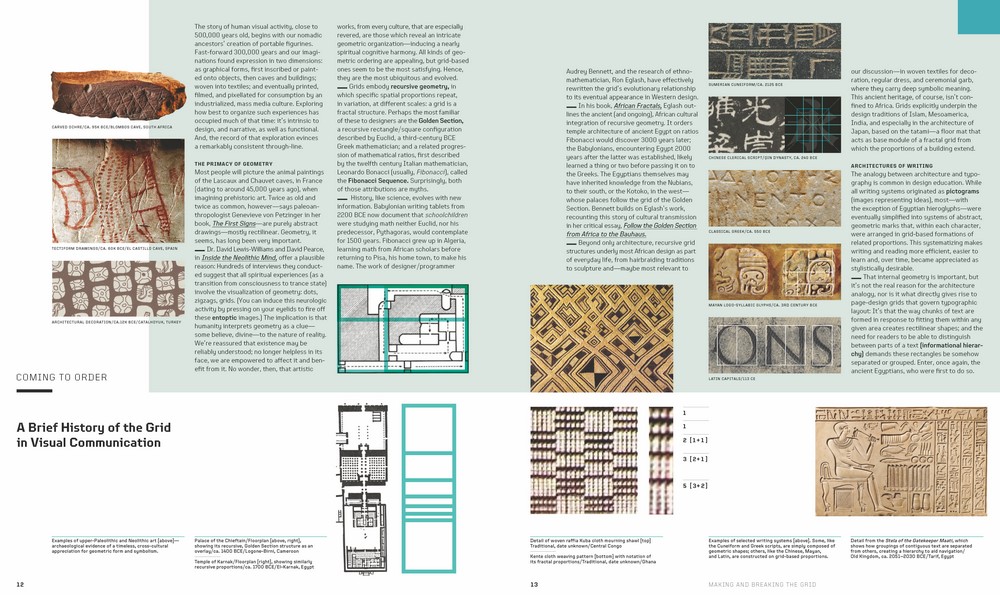

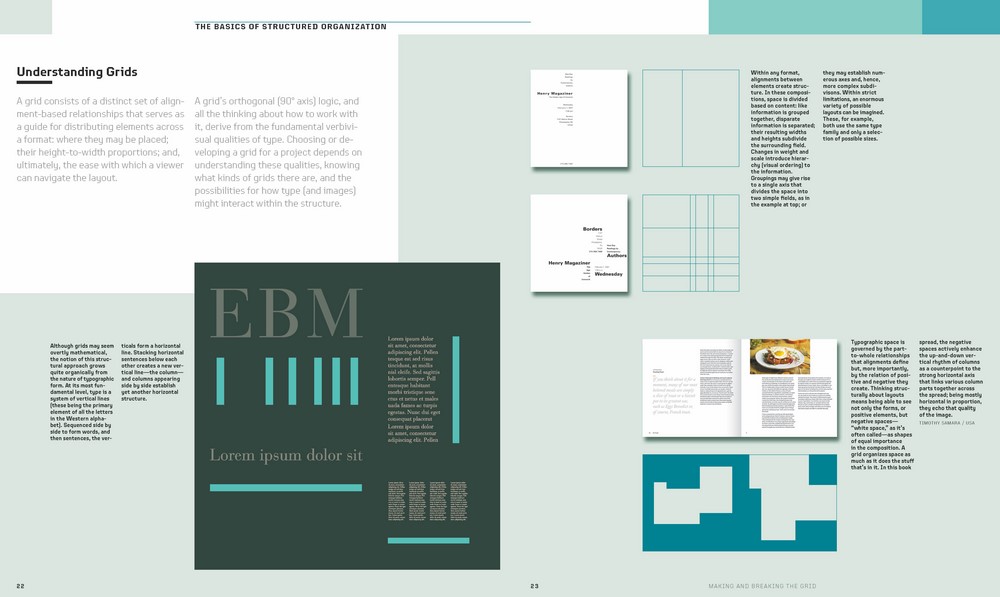
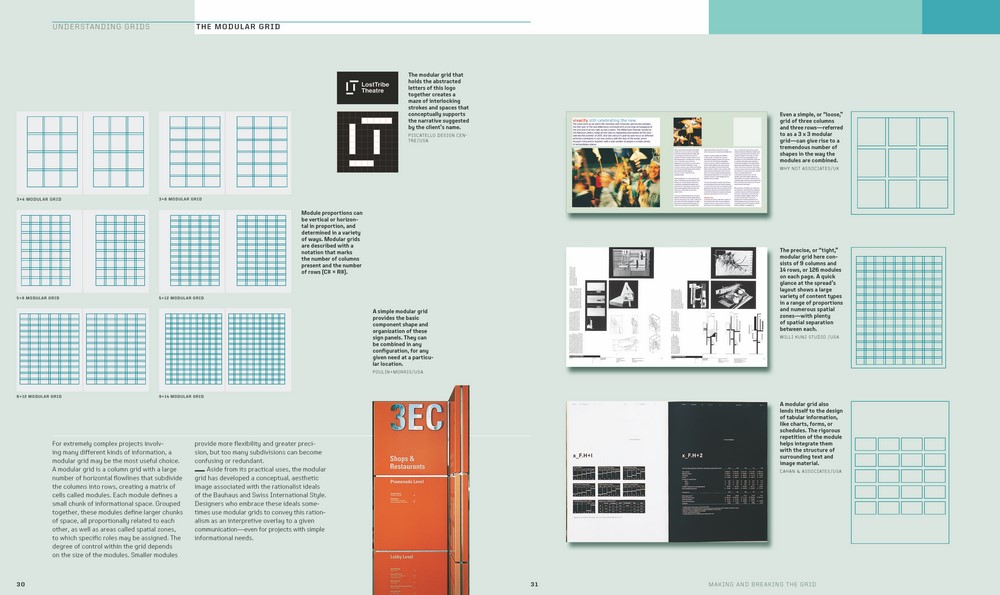
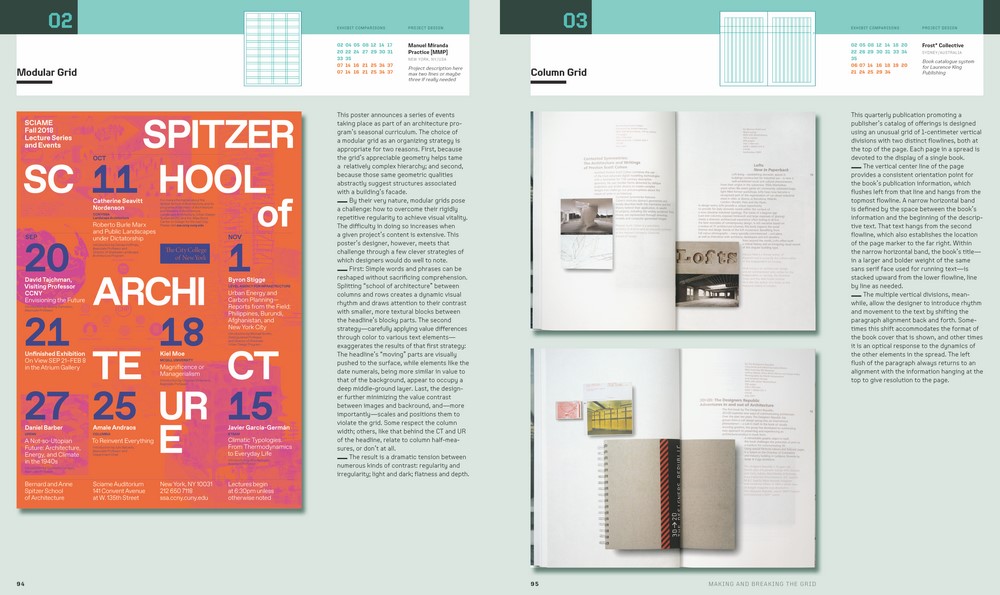

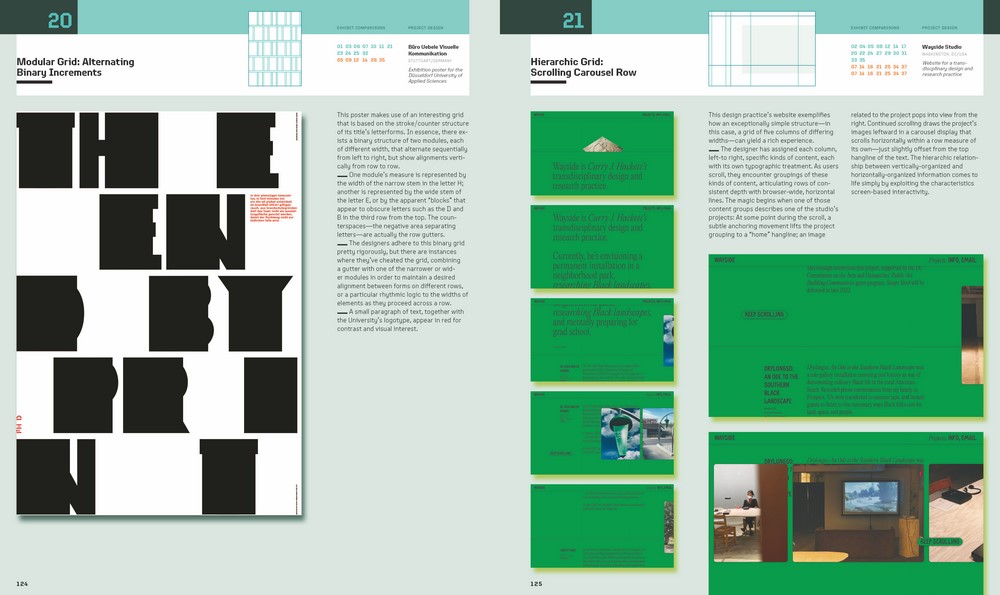


Share This Book: